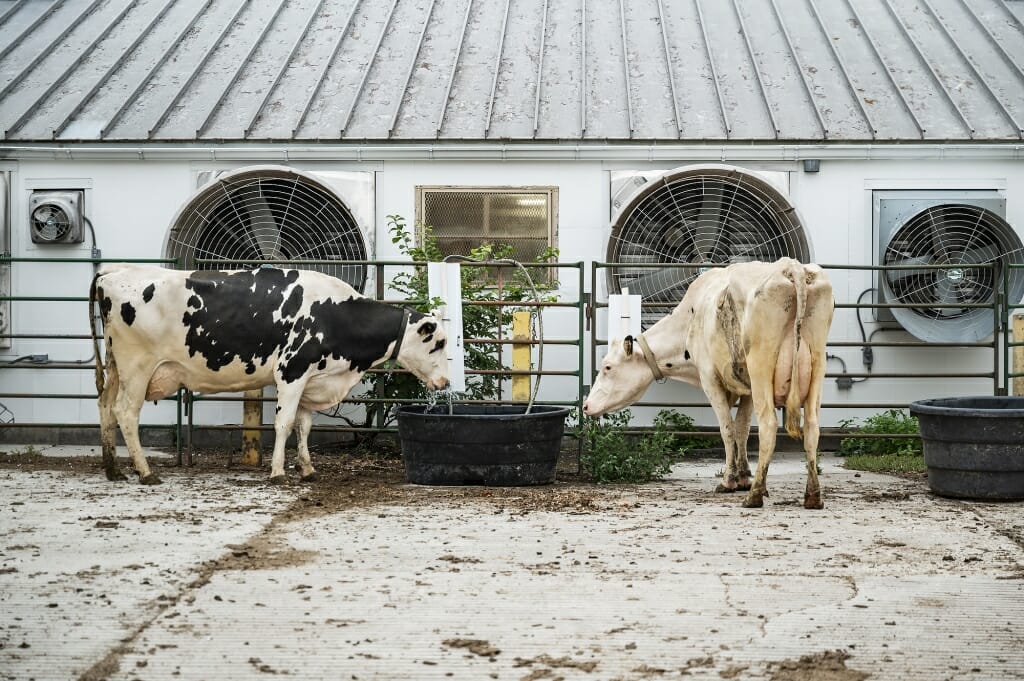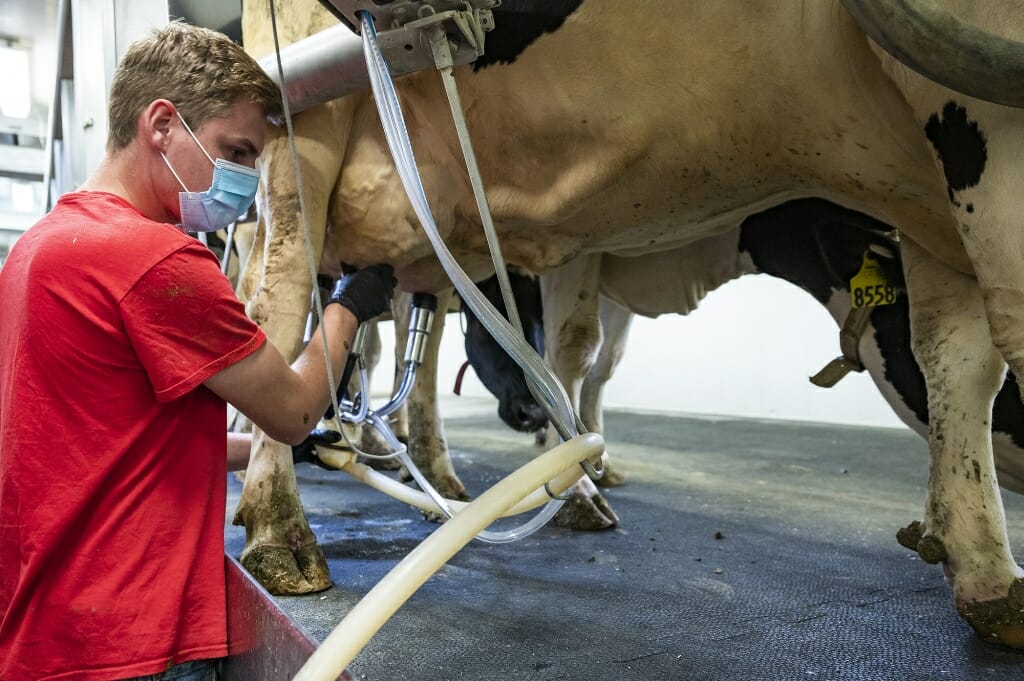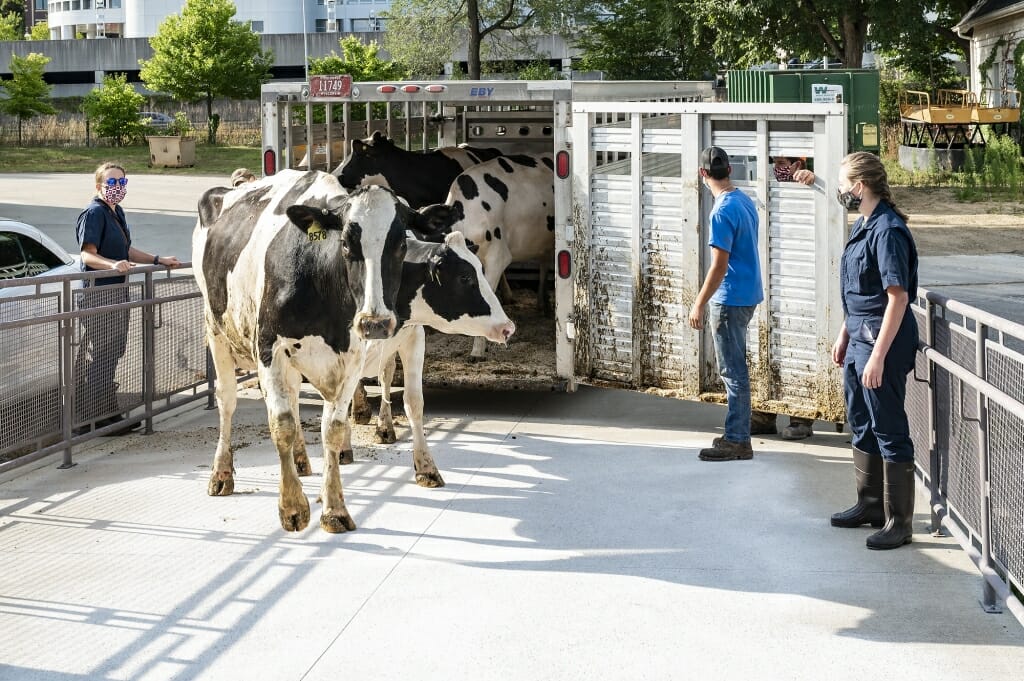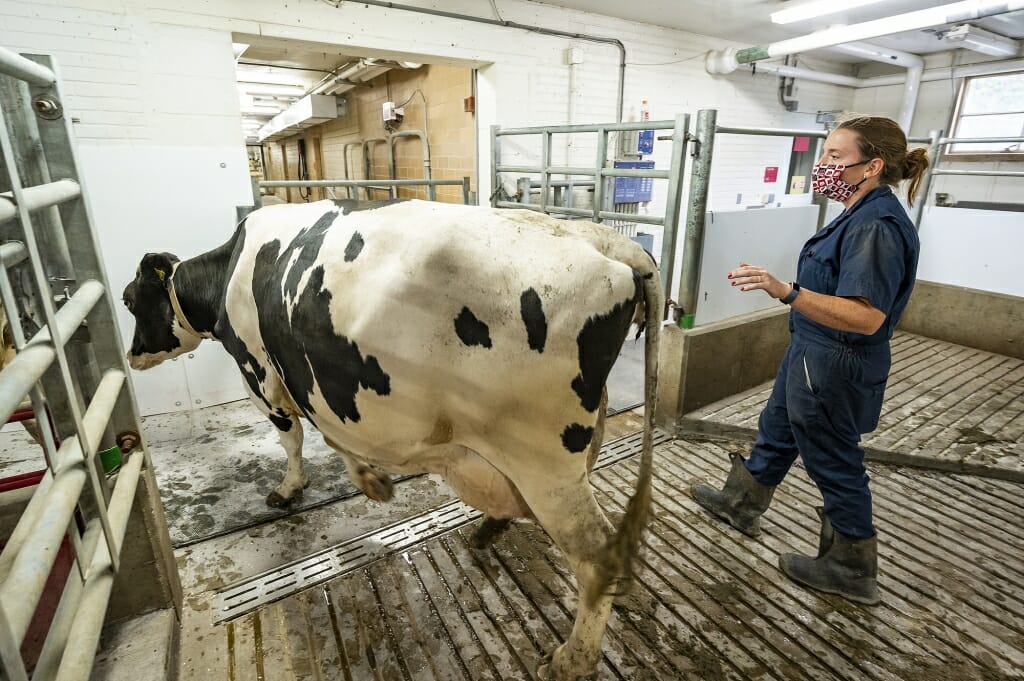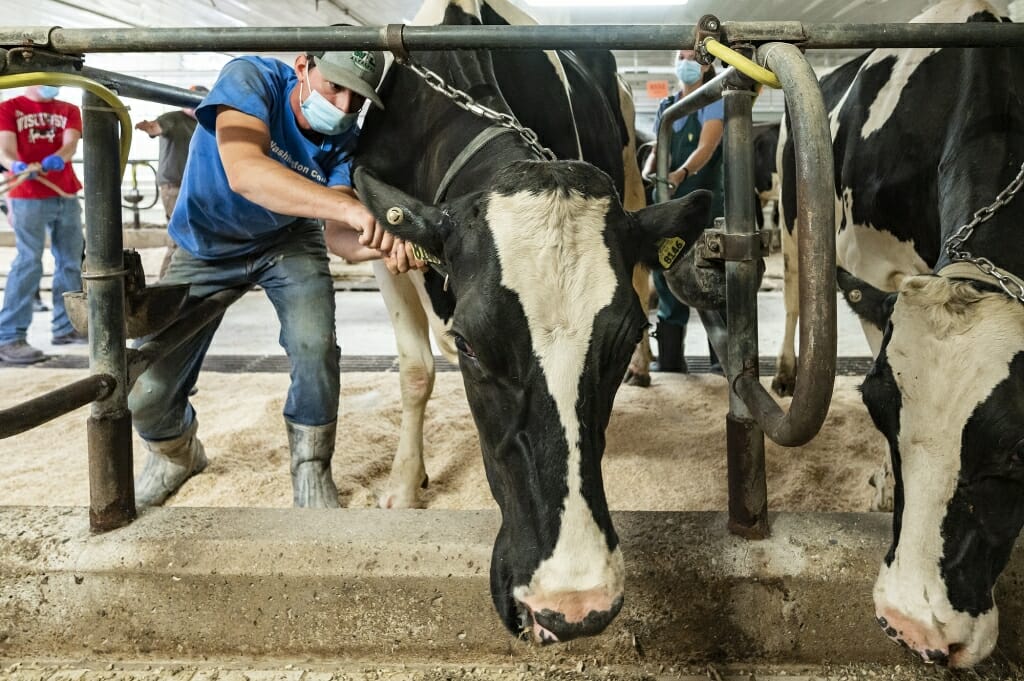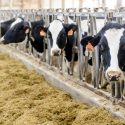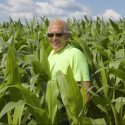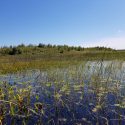Photo gallery ’Til the cows come home
The cows returned to UW’s Dairy Cattle Center on Sept. 1, five months after they were removed because of the COVID-19 pandemic. Without students on campus or research projects, the center was temporarily shuttered on March 27. It has now reopened, and students have returned to campus. The cows had spent the summer at Emmons Blaine Dairy Cattle Research Center located at the university’s Arlington Agricultural Research Station.
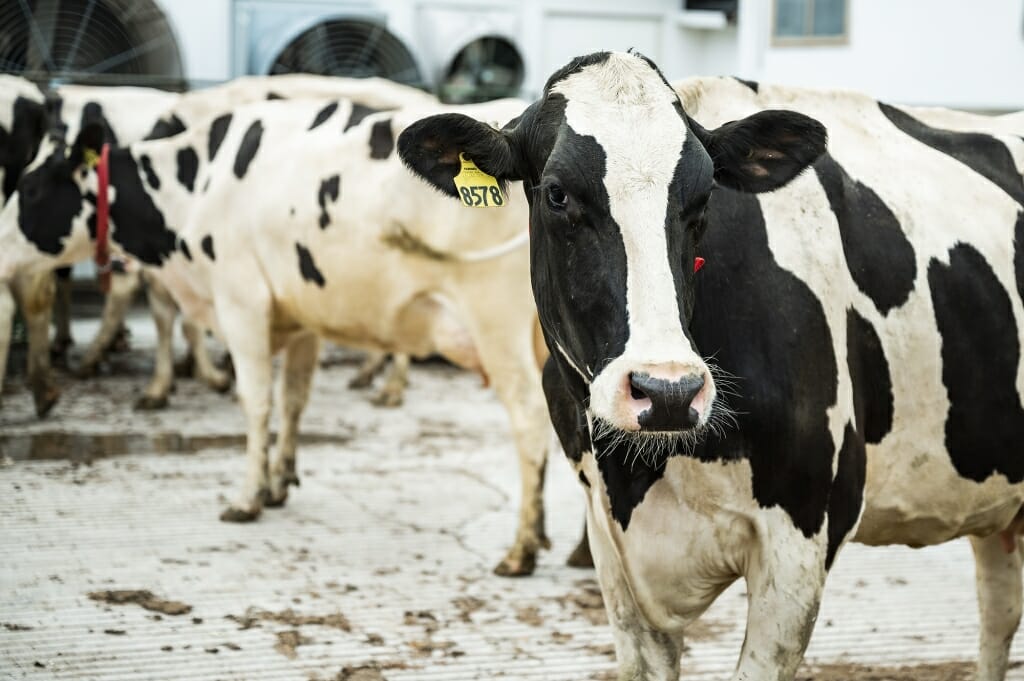
Holstein cows joyfully reclaimed their space at the UW Dairy Cattle Center on Sept. 1, after being away during late spring and summer due to the COVID-19 pandemic. Photo by: Bryce Richter
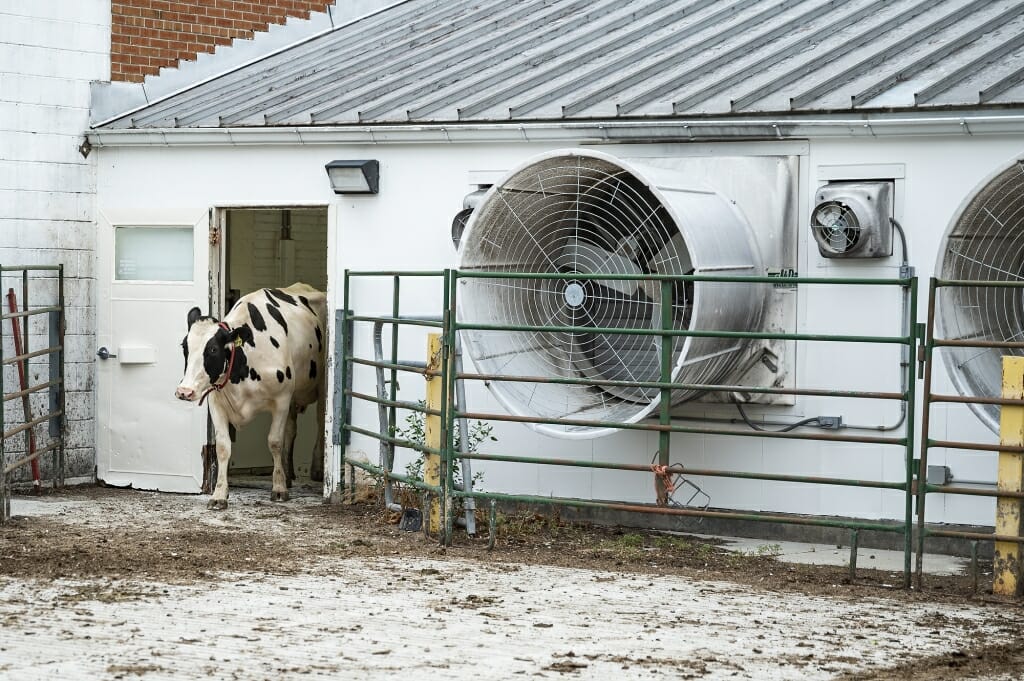
Giant fans keep the air flowing in the space surrounded by other university buildings. Photo by: Bryce Richter

The Dairy Cattle Center brings a bit of Wisconsin's dairy heritage to the middle of campus. Photo by: Bryce Richter

Undergraduates Brandon Strupp (left) and Luke Kastenson (right) work in the milking parlor. Photo by: Bryce Richter
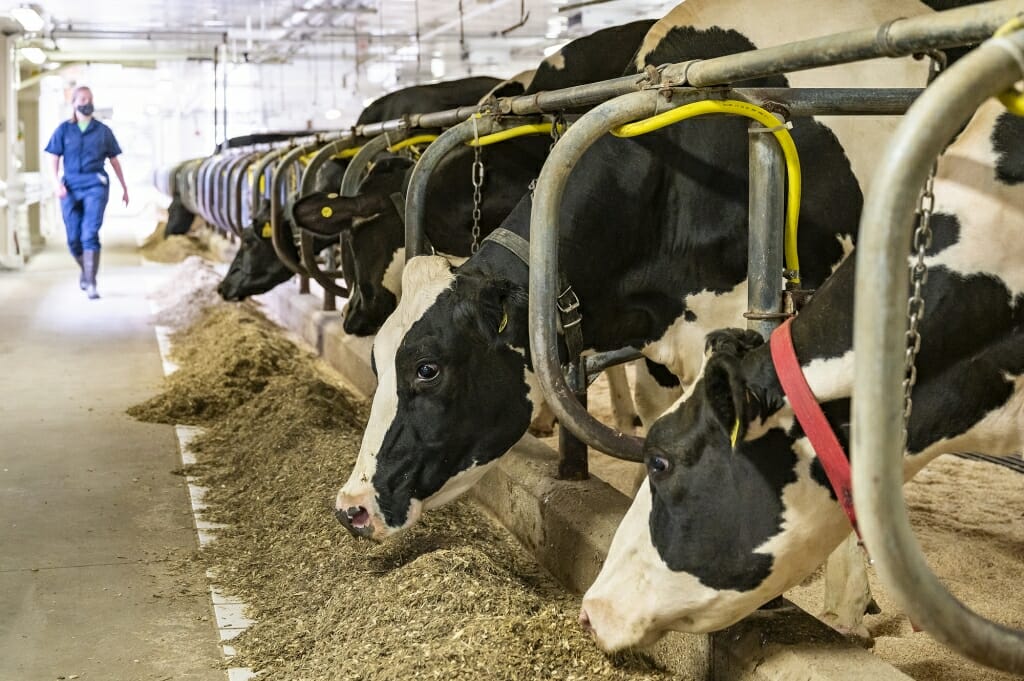
The Dairy Cattle Center houses 84 milking cows in a tie-stall barn. There is a classroom attached to the facility, which allows students to have hands-on access to cows during all lab practical sessions. Photo by: Bryce Richter
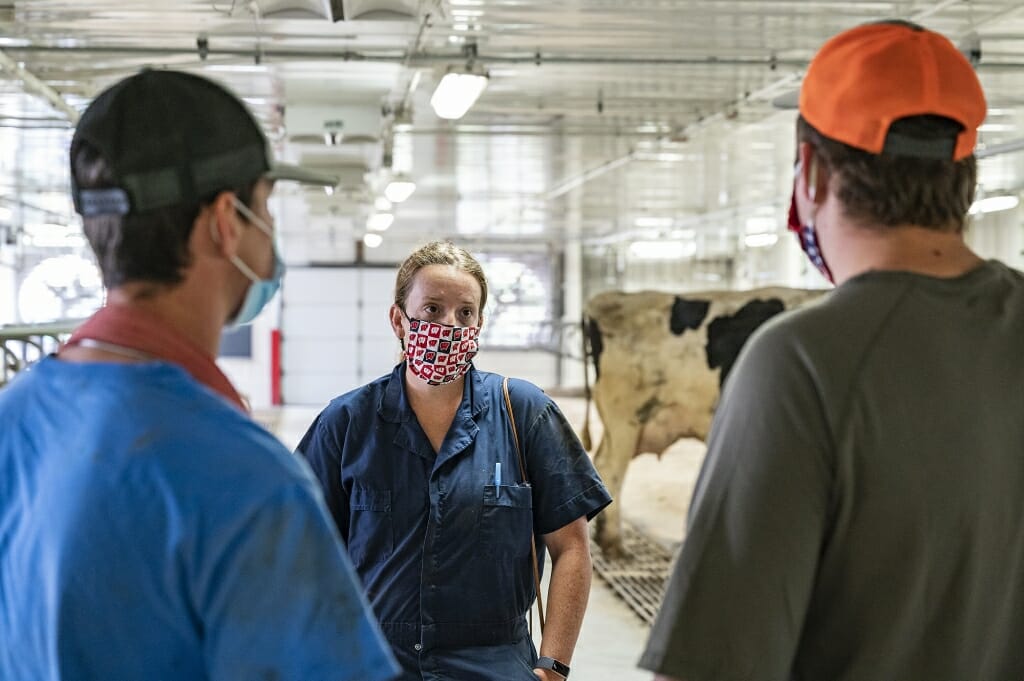
Michelle Craig, unit manager, talks with undergraduates Brandon Strupp (left) and Austin Vandertie (right). Photo by: Bryce Richter

The Dairy Cattle Center is used heavily by undergraduate, graduate and professional students in UW–Madison’s dairy science, veterinary medicine and Farm and Industry Short Course programs for hands-on training and research. Photo by: Bryce Richter
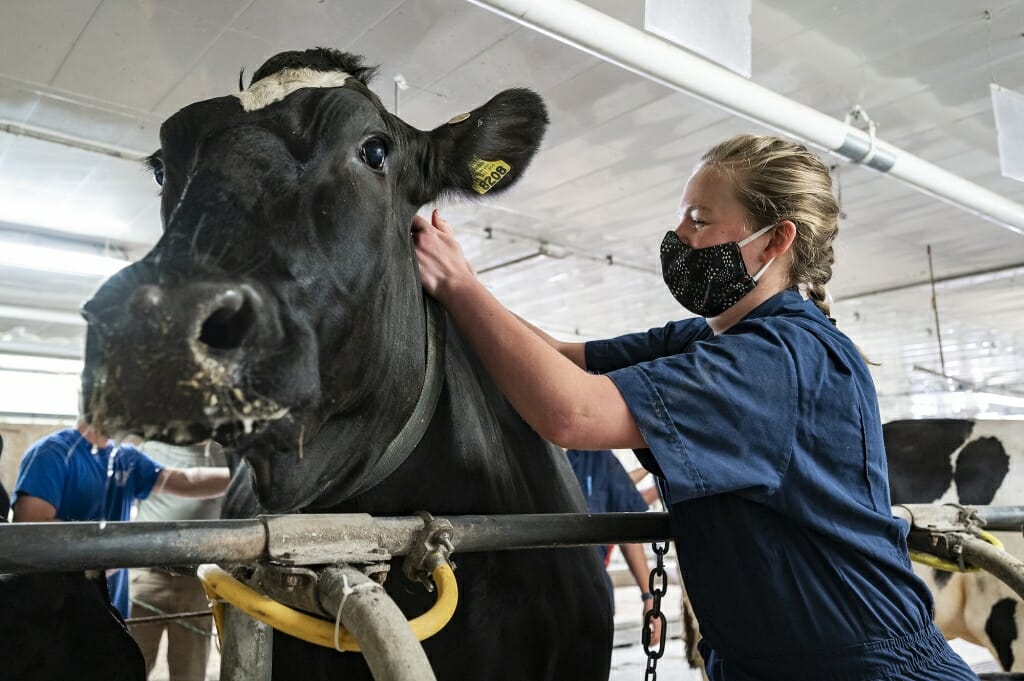
Undergraduate Jenna Stonebraker puts a collar on a cow. Fifteen courses use the facility during a typical academic year. It is also used for numerous research projects that require close proximity to campus laboratories. Photo by: Bryce Richter
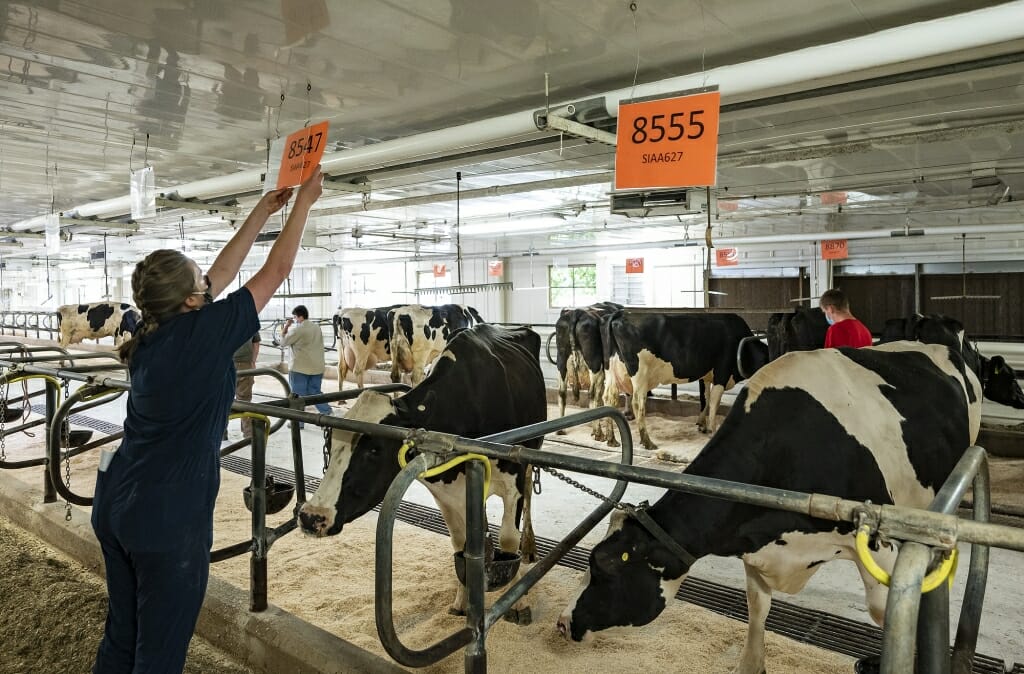
The Dairy Cattle Center was built in 1956 to replace the original dairy barn built in 1898. It underwent a $3 million renovation in 2013 to update feed storage, milking facilities, ventilation and living conditions for the cattle, as well as an $800,000 renovation of the classroom, laboratory and locker room spaces in 2017. Photo by: Bryce Richter

